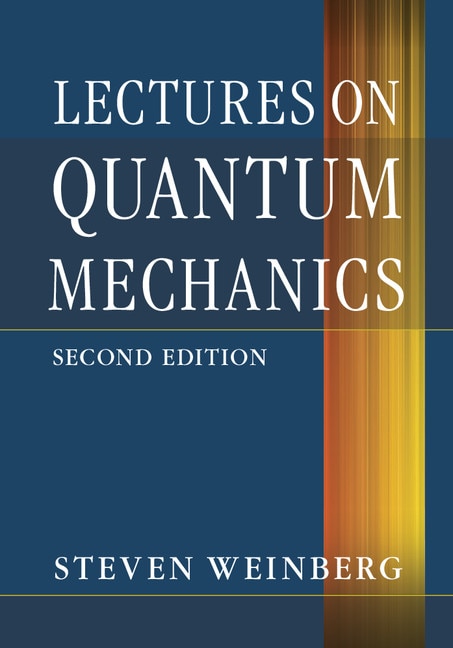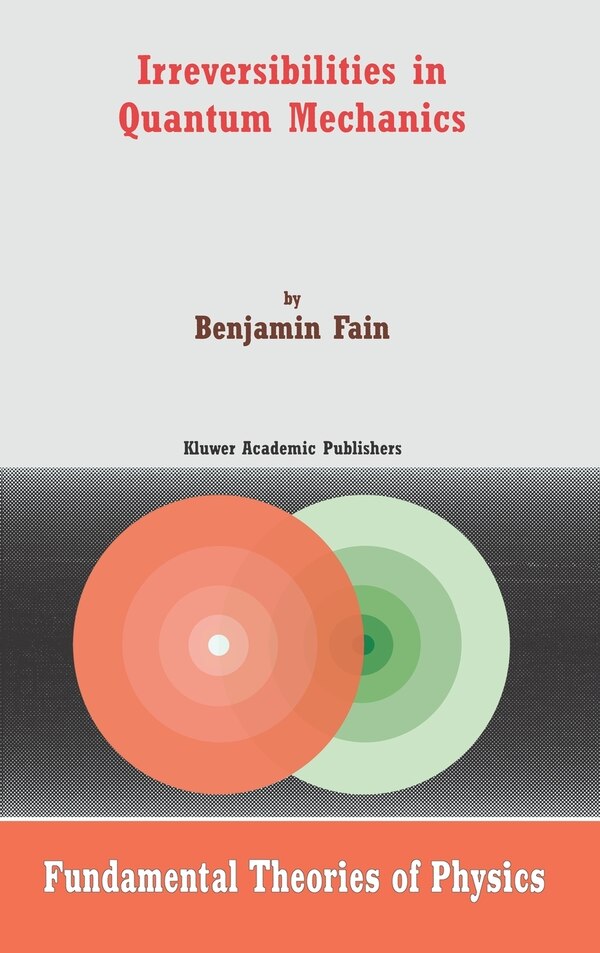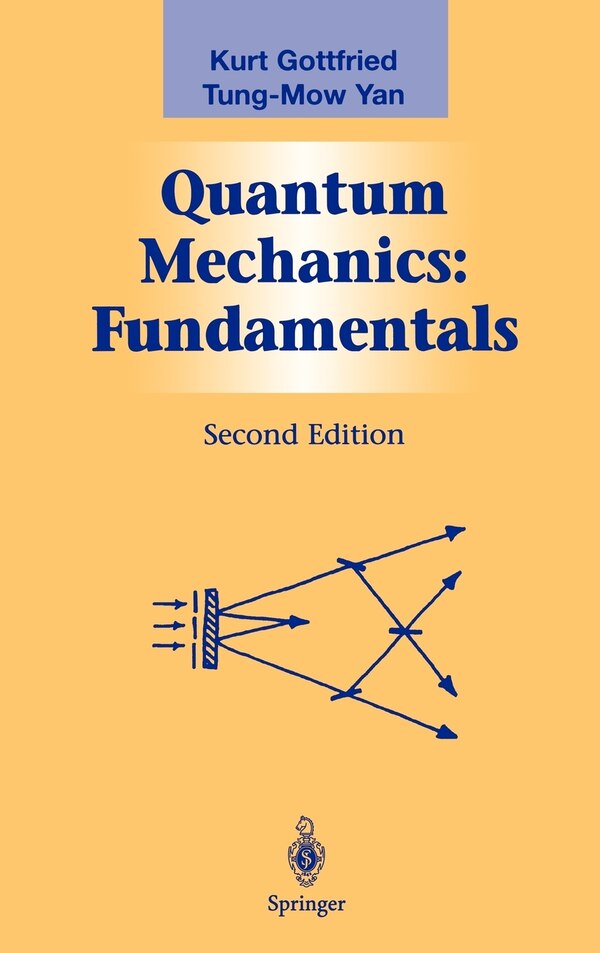Home
The Physics of Quantum Mechanics by James Binney, Hardcover | Indigo Chapters
Loading Inventory...
Indigo
The Physics of Quantum Mechanics by James Binney, Hardcover | Indigo Chapters
From James Binney
Current price: $228.00


Indigo
The Physics of Quantum Mechanics by James Binney, Hardcover | Indigo Chapters
From James Binney
Current price: $228.00
Loading Inventory...
Size: 25.4 x 234 x 700
*Product information may vary - to confirm product availability, pricing, shipping and return information please contact Indigo
The Physics of Quantum Mechanics aims to give students a good understanding of how quantum mechanics describes the material world. It shows that the theory follows naturally from the use of probability amplitudes to derive probabilities. It stresses that stationary states are unphysicalmathematical abstractions that enable us to solve the theory's governing equation, the time-dependent Schroedinger equation. Every opportunity is taken to illustrate the emergence of the familiar classical, dynamical world through the quantum interference of stationary states. The text stresses thecontinuity between the quantum world and the classical world, which is merely an approximation to the quantum world. The connections between observables, operators and transformations are clearly explained and the standard commutation rules derived from the properties of spacetime. A chapter is devoted to entanglement, quantum computation, density operators and their role in thermodynamics, and the measurementproblem. Scattering phenomena, including the origin of radioactivity, are handled early on in the accessible context of one dimension, and at the end of the book with some rigour in three dimensions. Hydrogen and helium are discussed in some detail and it is shown that quantum mechanics enables usto understand the structure of the periodic table without engaging with the complexities of many-electron atoms. Dirac notation is used from the outset and students are trained to move easily from one representation to another, choosing whichever representation is best suited to a particular problem. The mathematical prerequisites are no more than simple vector algebra, Taylor series expansion and the use ofintegrating factors to solve linear first order differential equations. Rigorous algebraic methods are preferred to the solution of partial differential equations. | The Physics of Quantum Mechanics by James Binney, Hardcover | Indigo Chapters














